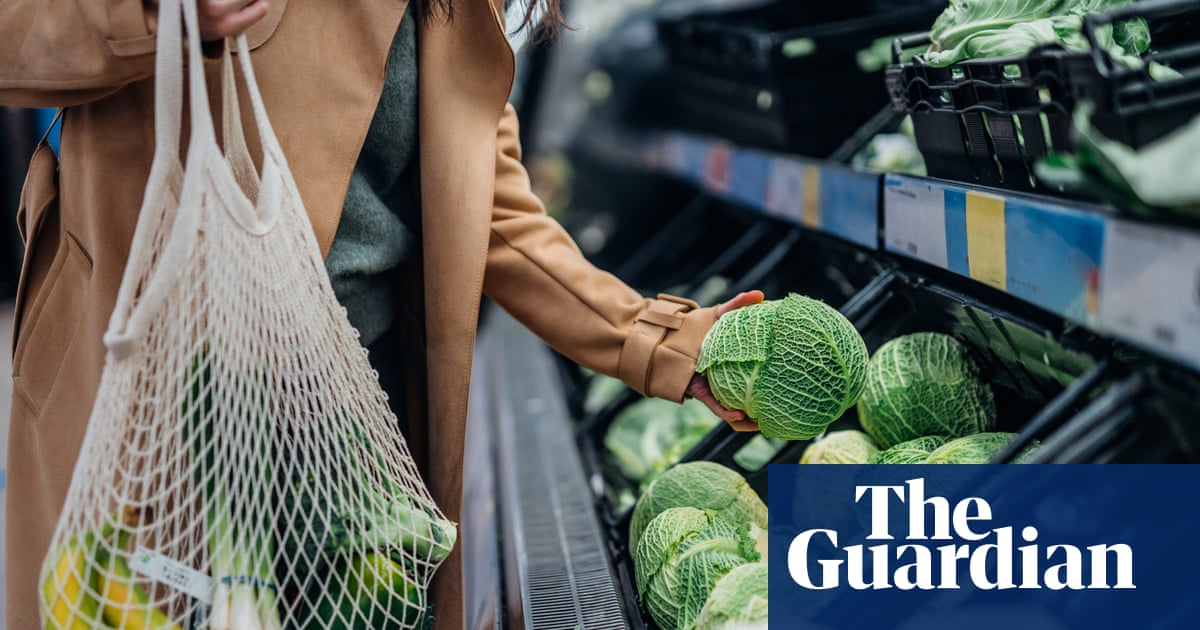In 2004, Donald Davis and fellow scientists at the University of Texas made an alarming discovery: 43 foods, mostly vegetables, showed a marked decrease in nutrients between the mid and late 20th century.
According to that research, the calcium in green beans dropped from 65 to 37mg. Vitamin A levels plummeted by almost half in asparagus. Broccoli stalks had less iron.
Nutrient loss has continued since that study. More recent research has documented the declining nutrient value in some staple crops due to rising atmospheric carbon dioxide (CO2) levels; a 2018 study that tested rice found that higher CO2 levels reduced its protein, iron and zinc content.
While the climate crisis has only accelerated concerns about crops’ nutritional value, prompting the emergence of a process called biofortification as a strategy to replenish lost nutrients or those that foods never had in the first place.



The article reads as advertisement for a seed nutrient fortification company, and a chemical nutrient fortification company.
There was no mention of what I see as a major problem, that is the access to local produce. Mass production and monopolization/centralization of produce and its distribution methods, means longer times from harvest to table, which is likely a major source of nutrient loss.
Here’s a journal article talking about it from 1977: Effect of Storage of Nutritive Value of Food